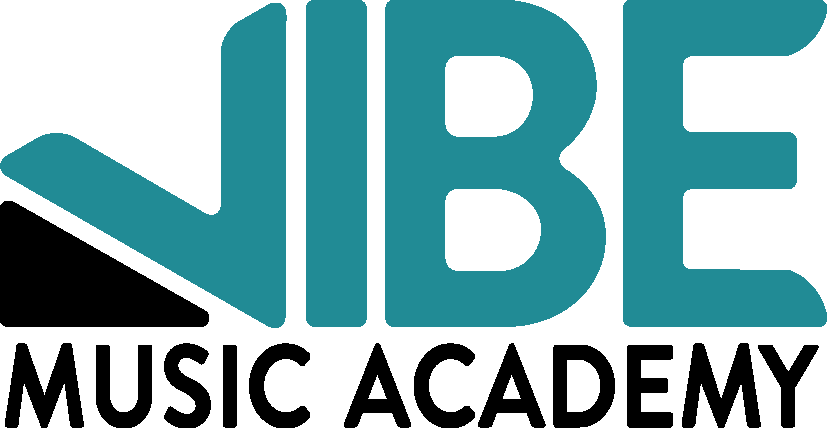It’d be the understatement of the year to say that we’re living in some strange times. And with the reality of drastic social distancing right now, online music lessons have emerged as a topic for consideration for a lot of people—for some as a substitution for their indefinitely paused in-person lessons, and for others as a new activity to try out while their calendars are a little less dense than normal.
Naturally, as a result, we’re getting a ton of questions about virtual music lessons - the pros, the cons, the different options, so I thought it'd be helpful to give my answer to some commonly asked questions.
My student usually takes in-person lessons. What should I do?
COVID-19 and social distancing have forced us all to modify our daily lives drastically, but the worst thing you can do right now is pause lessons until this season is over (however long that is). We all have to figure out creative ways to keep ourselves and our kids productive, active, and connected, and online music lessons are a great way to be resilient and adaptive.
What are the benefits of online lessons?
In speaking to music teachers from our organization who have taught online lessons extensively, as long as the teacher has tailored their curriculum and teaching approach to the online setting, we know on a whole that students can progress, enjoy, and stick with music lessons online.
Plus:
they can learn from an instructor even if they’re not nearby
lessons take place from the comfort of your own home
the time and cost of travel is completely eliminated
most computers have microphones and cameras that are capable without needing to purchase any other equipment
It’s the best option for students to continue to grow during the COVID-19 pandemic.
What are the drawbacks of online lessons?
There are a couple of obvious limitations to taking music lessons virtually:
Playing along with one another simultaneously doesn’t work due to latency. Good instructors come up with workarounds for this, such as having students play along to backing tracks, metronomes, or accompaniment parts that the teacher prerecorded.
Things like tone, expression, and dynamics can be harder for the instructor to make out during online lessons. Though laptop microphones have come a long way, they still don’t provide the exact sound experience that in-person lessons do. This is when looking into an inexpensive condenser mic can be a smart option.
What's the best platform to use?
Most teachers either use Zoom, Google Hangouts, or Skype. Skype is the longest standing platform, Google's servers are the most resilient to peak bandwidth times, and Zoom's user interface is impressively capable.
Whether you're a parent trying to make sure your kids don't become couch potatoes, or you're an adult with more free time on your hands all of a sudden, virtual music lessons are worth trying out - especially during social distancing.
Most of our teachers are online-ready during this season. If you'd like to speak with one of our administrators about taking a free lesson from a music teacher, let us know, and we’ll set up a conversation with you.
Stay healthy, and stay resilient!
- John Gotsis, Owner & Founder at Vibe Music Academy.


